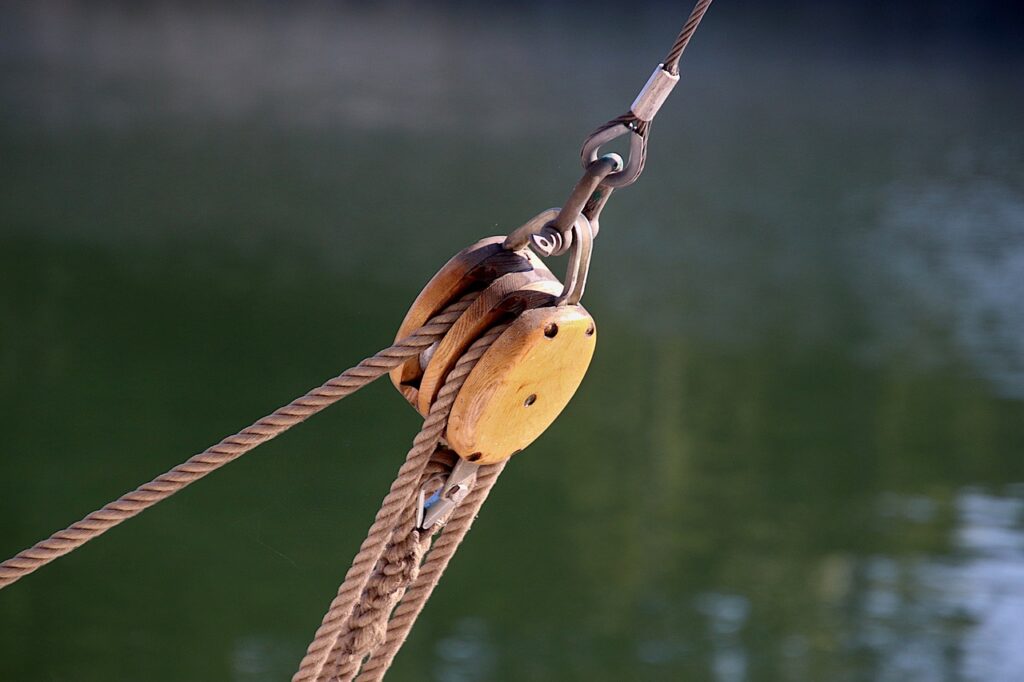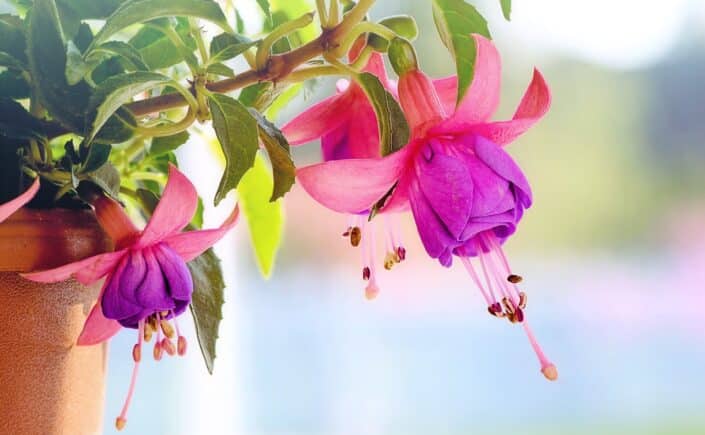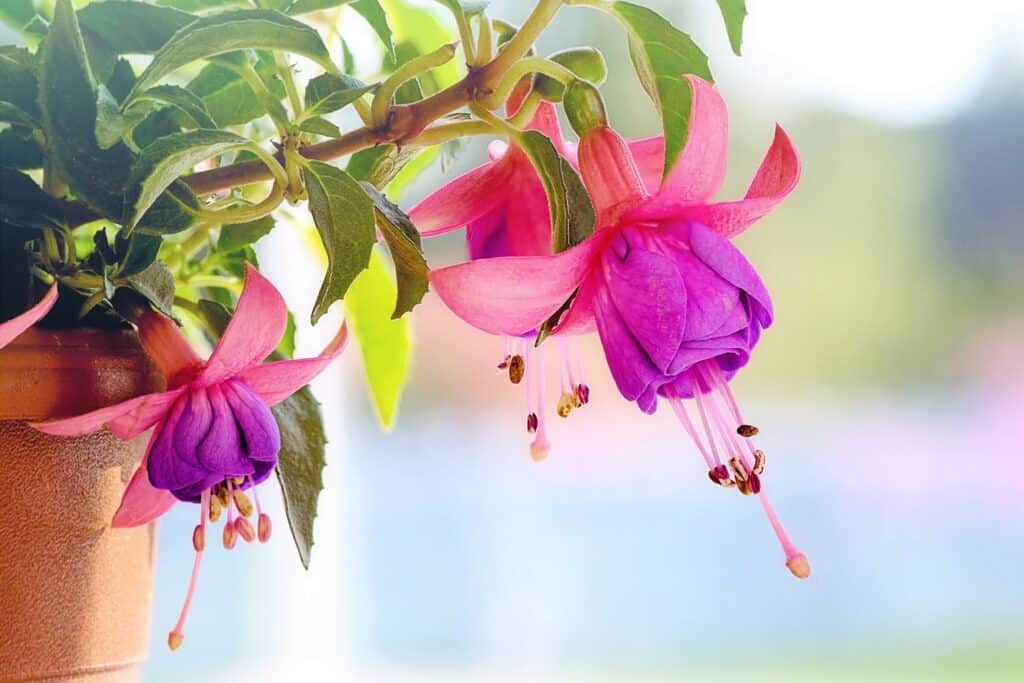What Is a Pulley Puller and Why Use One?
You’ve likely come across a stubborn bearing or gear that just won’t budge, no matter how much elbow grease you apply. That’s where a pulley puller comes in handy. This mighty but compact tool makes the hardest jobs seem easy. In this quick guide, you’ll learn what a pulley puller is, why it’s an essential addition to any toolbox, and how to use one to efficiently remove pulleys, gears, bearings, and more without breaking a sweat. With just a few tips on setup and operation, you can pull like a pro. So read on to pick up this invaluable skill and take the frustration out of stubborn mechanical work.

How to Select the Right Pulley Puller
A pulley puller is a handy tool for removing pulleys, gears, and other parts that have been pressed onto shafts. Instead of pounding the part off and possibly damaging it or the shaft, a pulley puller applies even pressure around the part to smoothly slide it off.
Safer Than Prying
Using a pulley puller is much safer than trying to pry the part off with a chisel, which can slip and cause injury. The pulley puller’s jaws grip the part firmly so it can apply controlled pressure.
Prevent Damage
Pounding a chisel can also damage the part or shaft. The pulley puller pulls the part straight off without impact. This is especially important for parts like pulleys that need to remain round and undamaged.
Universal Use
A good pulley puller kit will come with multiple attachments so you can find the right fit for the job. Whether you need to remove a pulley, gear, bearing or bushing, the pulley puller can handle it. The adjustable and versatile design works on parts of many different sizes.
Worth The Investment
While a pulley puller may seem like a specialized tool, if you do any mechanical work on vehicles, machines or engines, it’s an invaluable item to have in your tool box. The time and frustration it can save, not to mention the damage it prevents, make a pulley puller well worth the investment. Your parts and sanity will thank you!
Step-by-Step Guide to Using a Pulley Puller Like a Pro
So you’ve decided to tackle that stuck pulley yourself. Smart move – with the right tools, you’ll have it off in no time. The most important tool is the pulley puller. Choosing the correct one for your specific pulley and application will make the job much easier.
Size Matters
The most important thing is to get a puller that’s properly sized for your pulley. Measure the diameter and width to determine if you need a 2-jaw, 3-jaw or internal/external type. Two-jaw pullers are good for most external pulleys. Three-jaw works better for odd-shaped pulleys. Internal types are for pulling pulleys off shafts. Get the biggest puller that will fit to distribute the force.
Power Source
Next, decide if you want a hydraulic, screw, or clamp style puller. Hydraulic pullers generate lots of force quickly, good for stubborn pulleys. Screw pullers are slower but also powerful, use with a ratchet for extra force. Clamp pullers are good for lighter duty jobs. Consider how much space you have to work in as well.
Quality and Construction
Finally, invest in a high-quality puller. Cheaper ones may bend or break under high forces. Look for forged steel components, robust construction, and a reputable brand. It may cost more up front but will last and perform much better. With the proper pulley puller selected, you’ll be removing that pulley in no time and avoid costly garage fees. Time to get pulling!





